TASK _ DEVELOP A MOBILITY CONCEPT FOR THE GROWING
MARITIME HABITAT OF URBAN COASTAL REGIONS
︎︎︎
WHY ?
UNDERSTANDING COASTAL CITIES AND
THEIR GLOBAL SIGNIFICANCE

17 of the 20th largest cities are located directly or indirectly on the sea. By 2035, 90% of all major cities with more than 10 million inhabitants will also be located on the coast. 1.400.000.000 Inhabitants will live directly on the coast and be affected by rising sea levels in 2050. This is approximately 14.3% of the expected global population. 1.000.000.000.000 Dollars will rising sea levels, severe weather, and flooding cost the global economy every year until 2050 if no further action is taken.
So coastal cities are traditionally the fastest-growing, but they are also particularly threatened by climate change. The appearance of these cities is therefore changing dramatically and a new hybrid urban space between land and water is emerging. Architecture is responding to this development in time with adaptable and sustainable concepts. VESSEL wants to transfer exactly this approach to the mobility sector.
So coastal cities are traditionally the fastest-growing, but they are also particularly threatened by climate change. The appearance of these cities is therefore changing dramatically and a new hybrid urban space between land and water is emerging. Architecture is responding to this development in time with adaptable and sustainable concepts. VESSEL wants to transfer exactly this approach to the mobility sector.

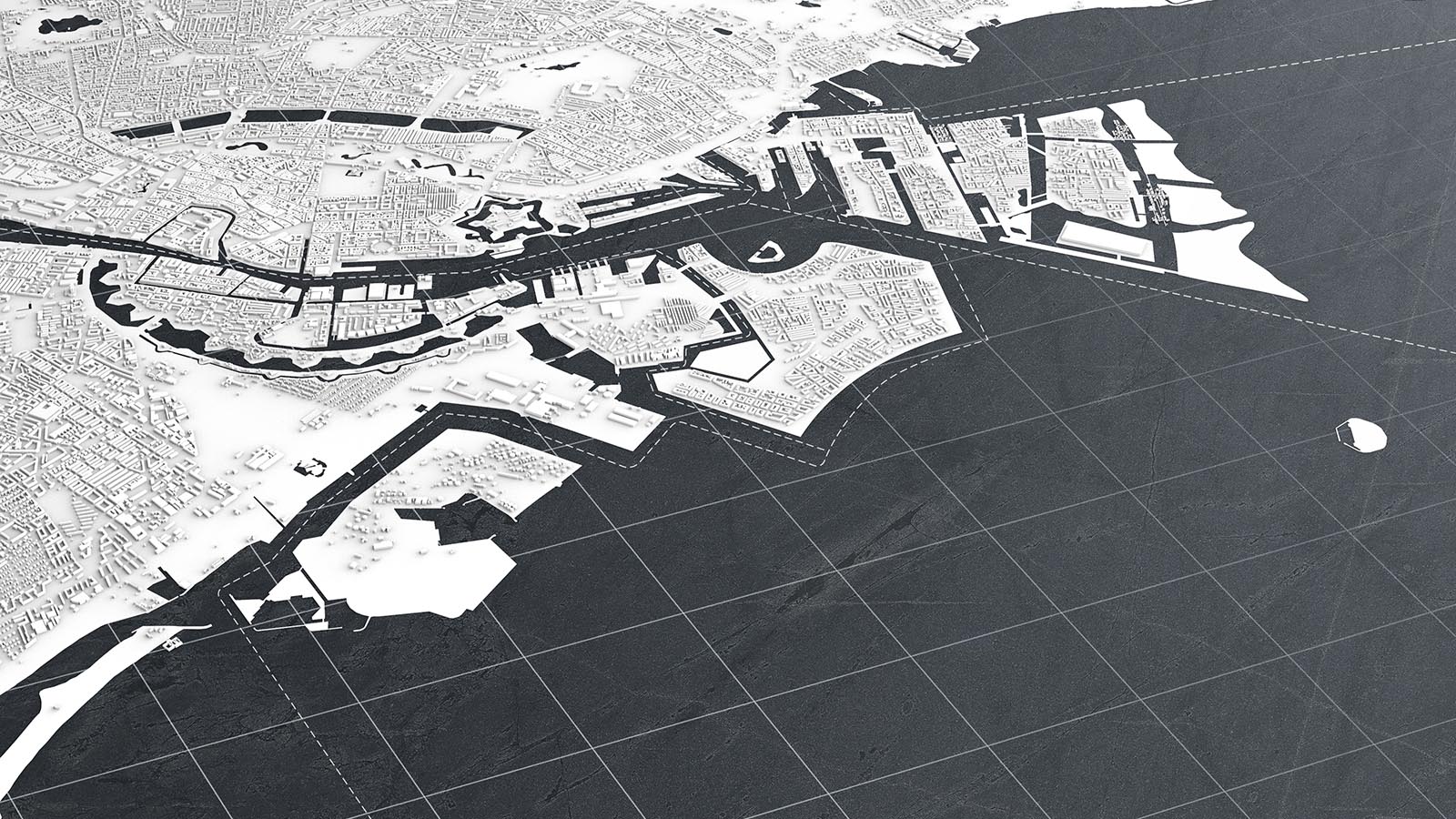

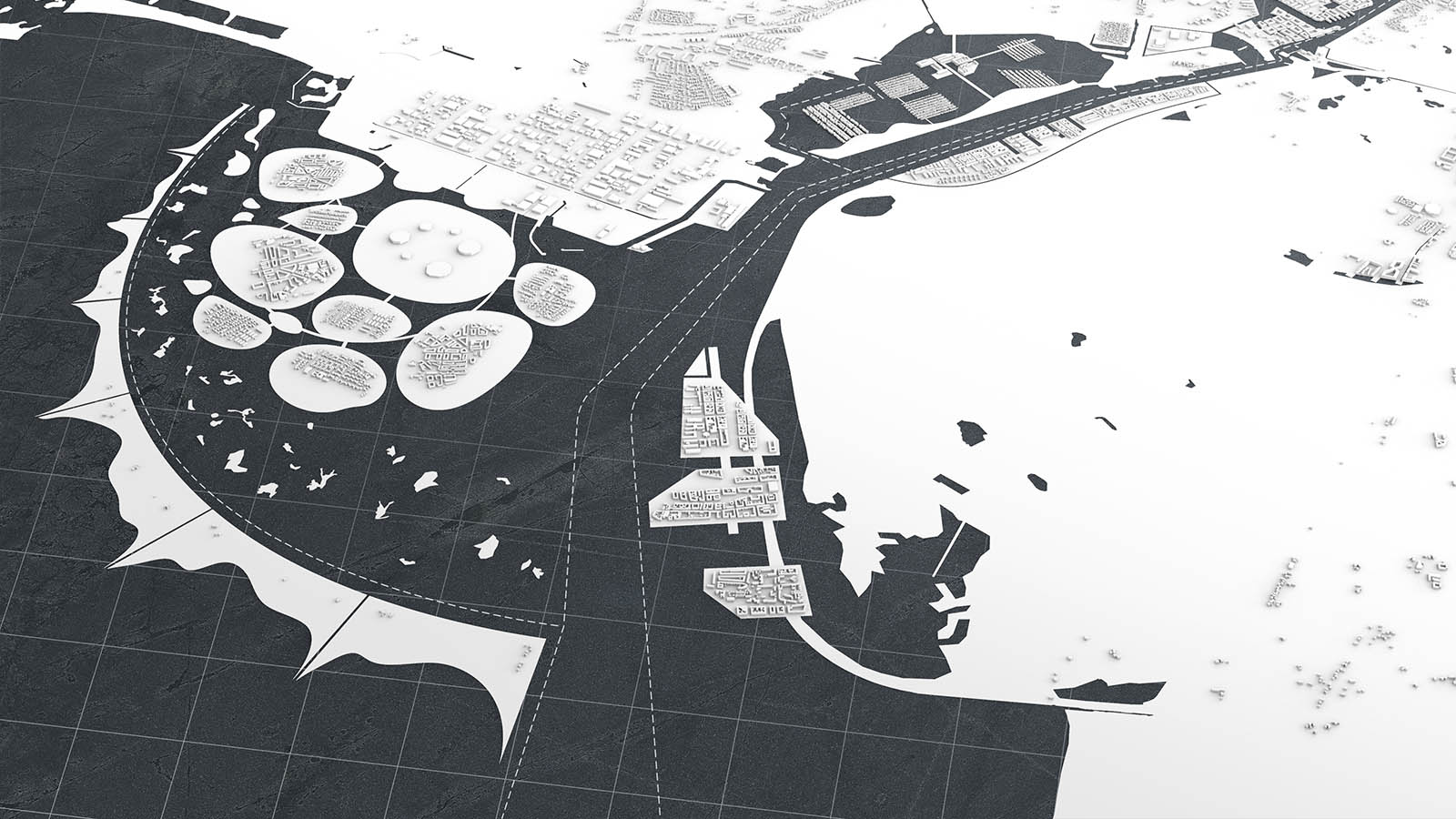



HOW ?
INTEGRATING WATERWAYS INTO THE
TRANSPORTATION SYSTEM

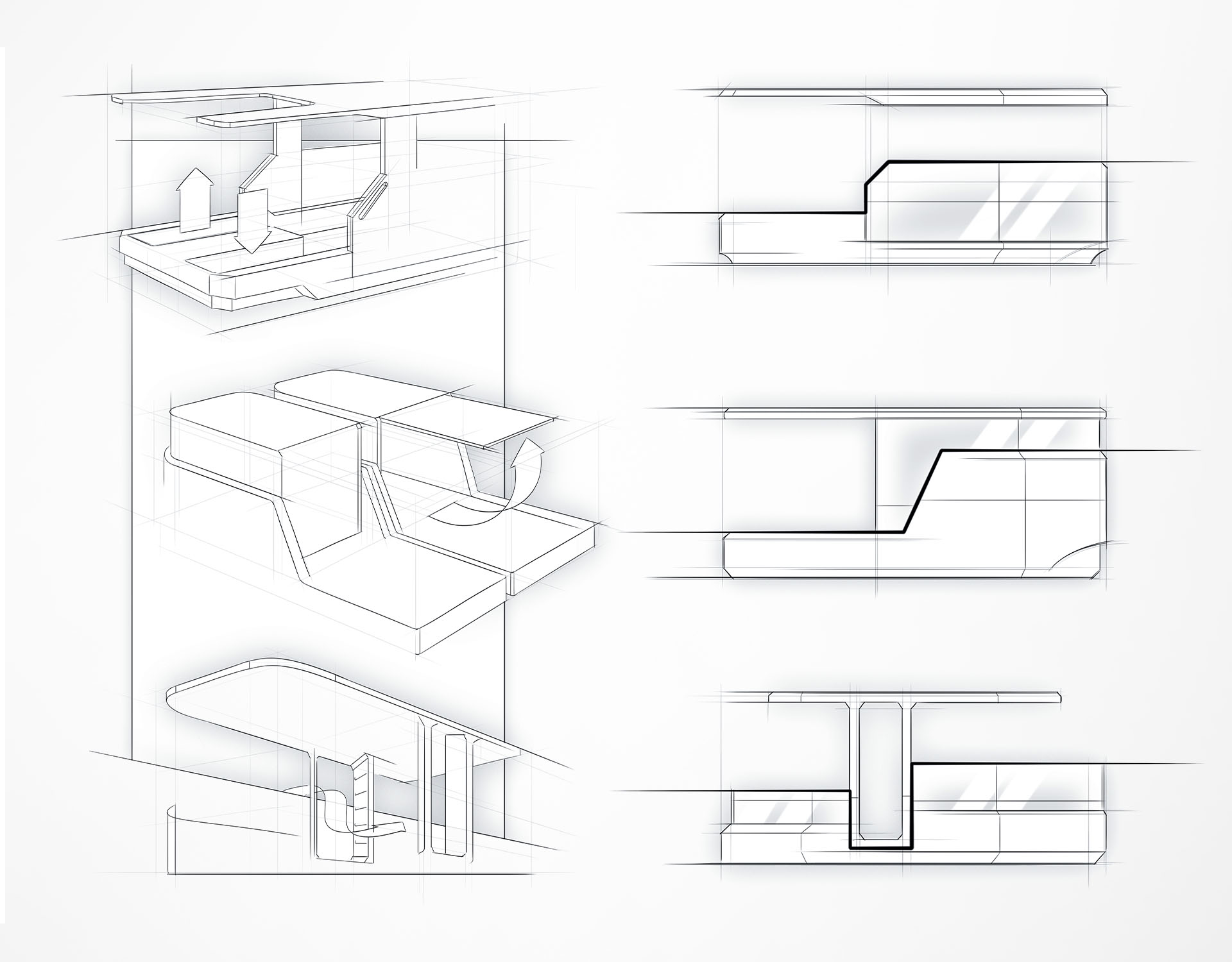
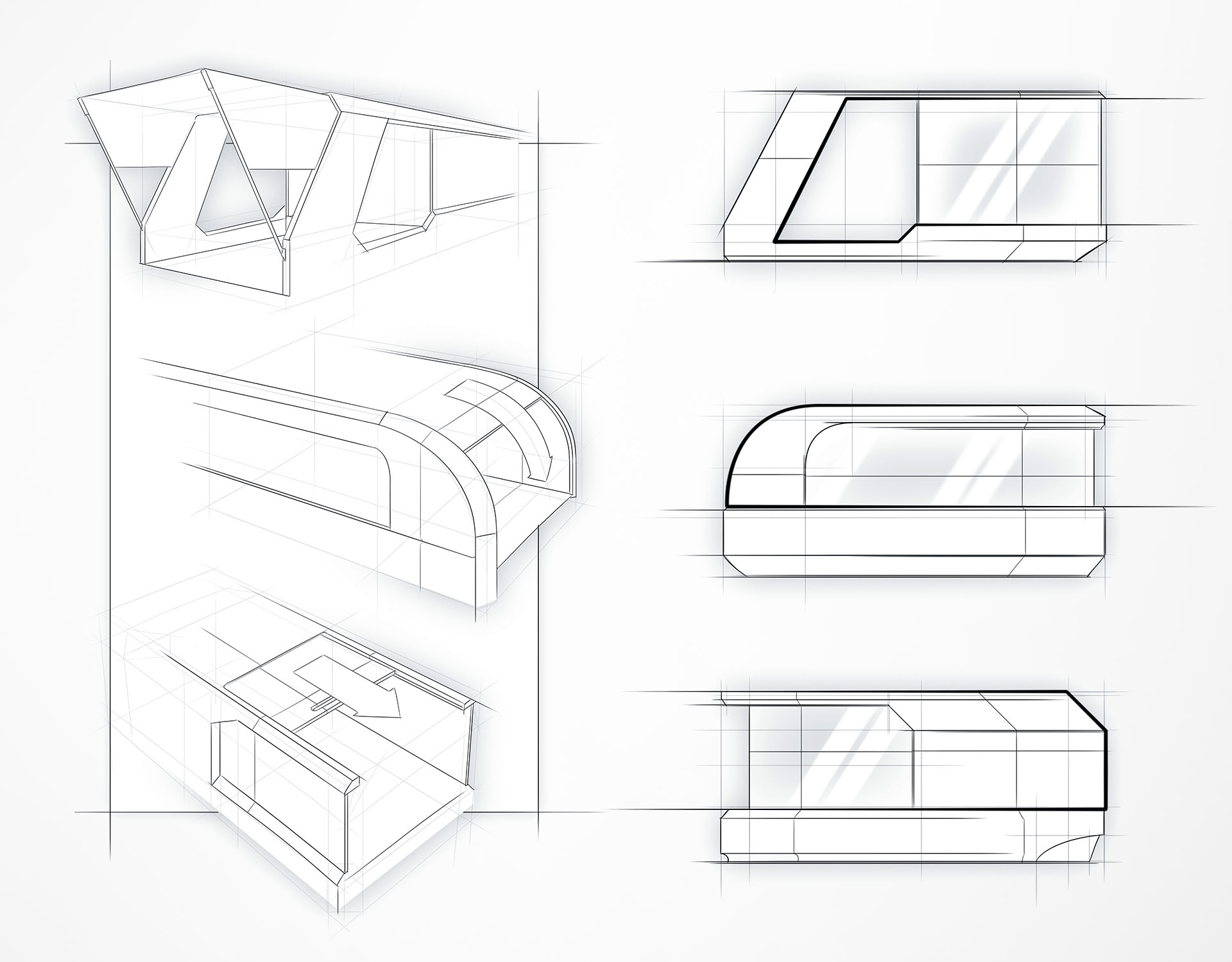

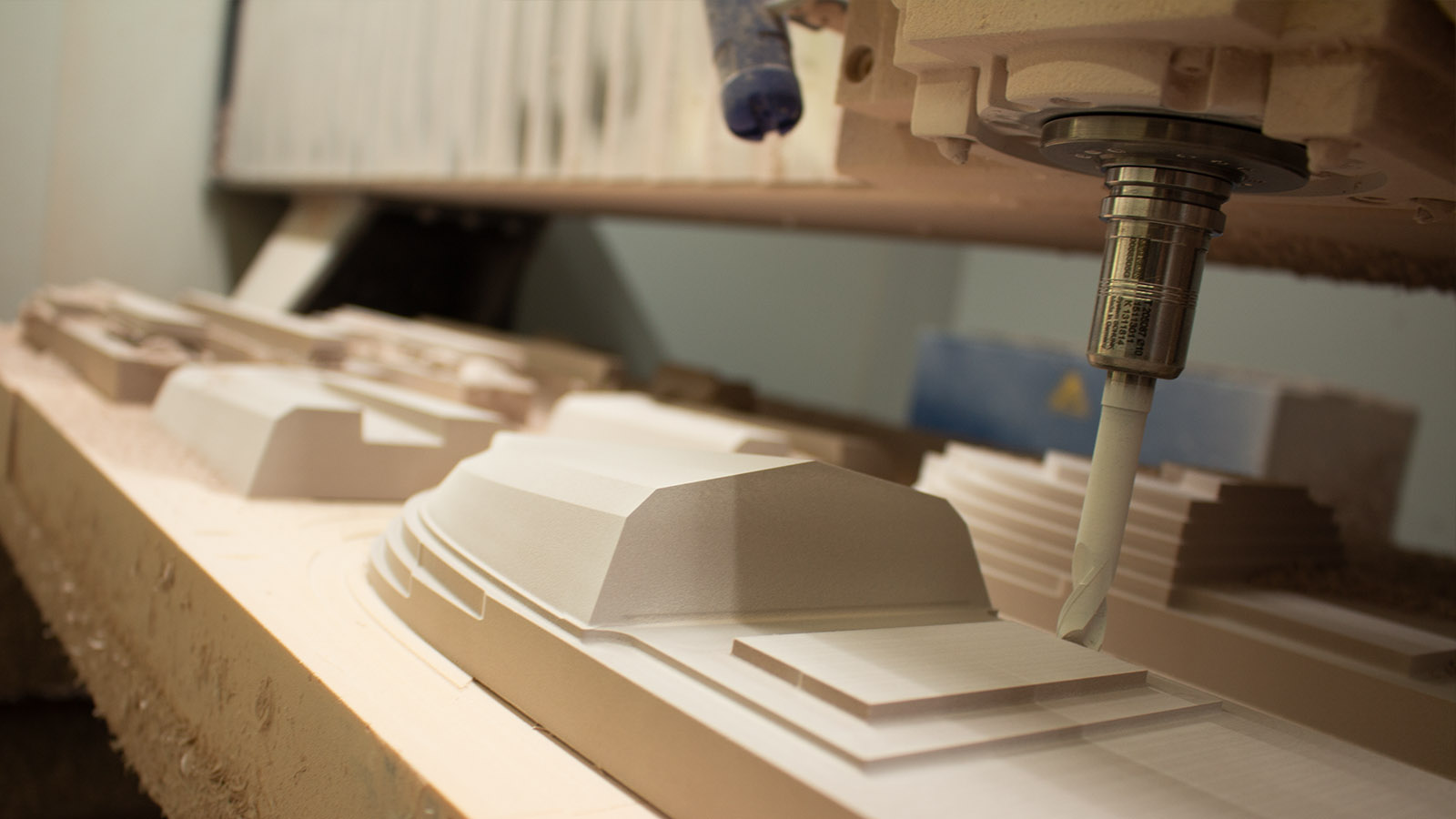
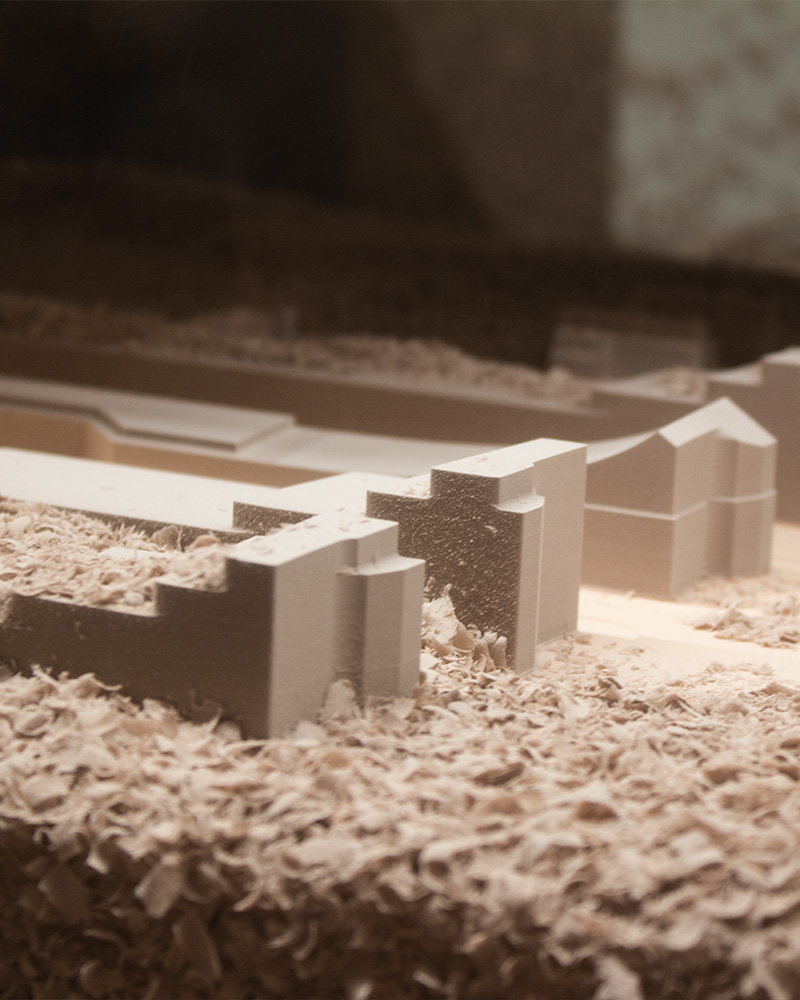
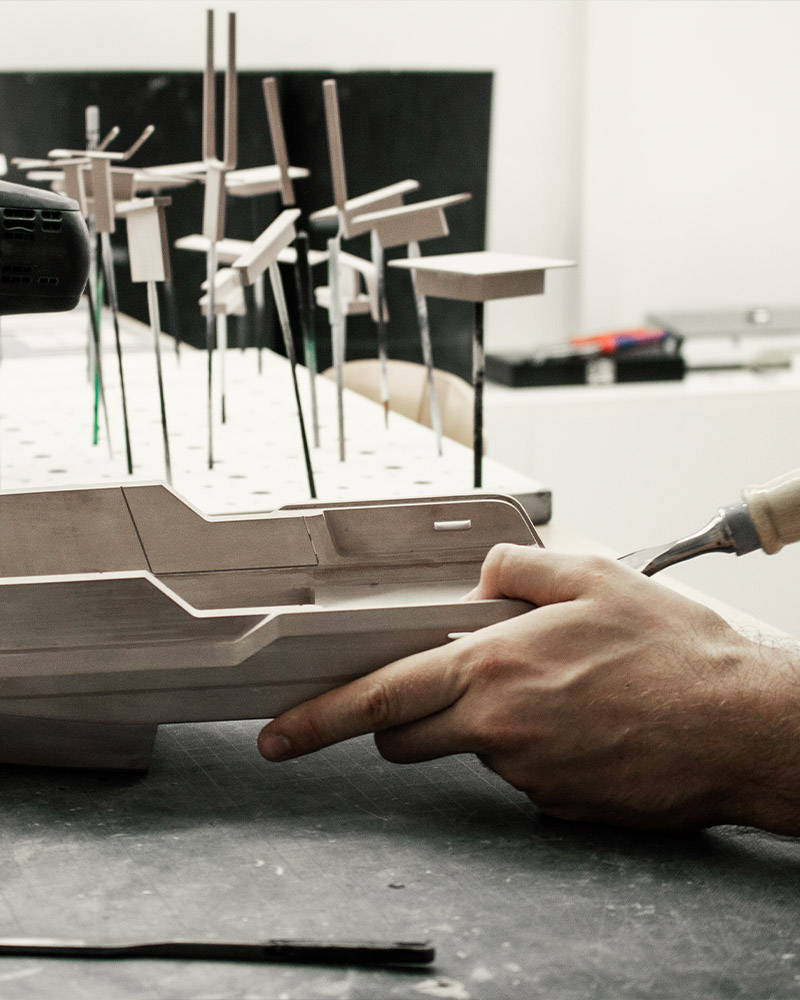



In addition to the use of sustainable manufacturing, propulsion, and material processes, VESSEL is intended to reduce the number of inactive and private vehicles in public spaces and in traffic, particularly through its use as a partially public and shared means of transport. The compact product architecture is adapted to the environment and allows high maneuverability. The open rear ensures a smooth transition to the mainland, whereas the semi-enclosed structure ensures protection, comfort, and privacy.


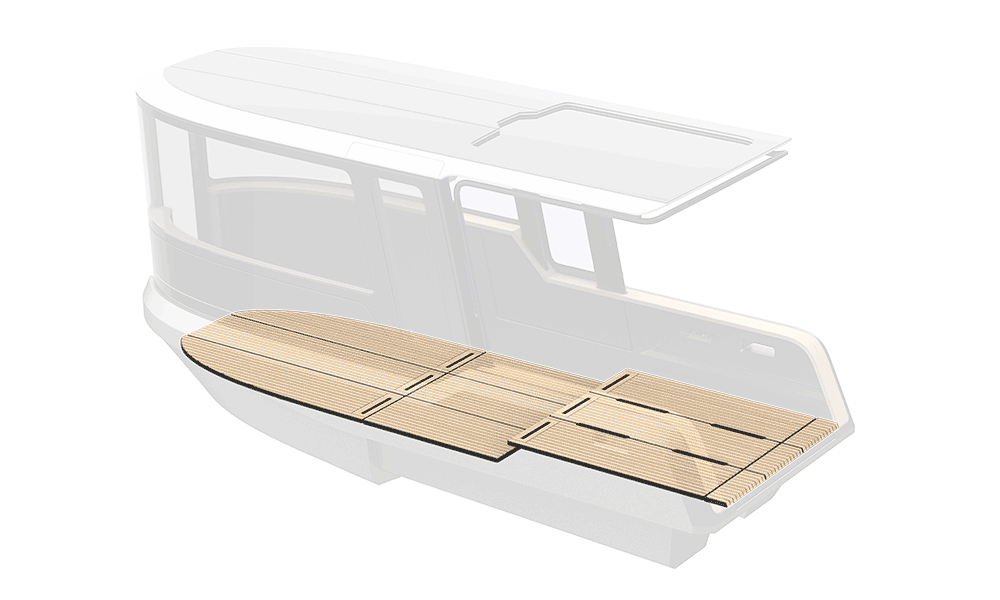


In the bow and stern, floor segments can be mechanically adjusted in height. This low-complexity function allows VESSEL to adapt to its various applications. In the stern, it is possible to react flexibly to the respective landing situations. In the bow, this allows quick and individual space, seating and transport options to be created. Sensor technology allows VESSEL to be used as a highly assisted vehicle. VESSEL uses an electric motor, which keeps noise and direct environmental impact to a minimum. Integrated solar panels additionally improve the energy balance.
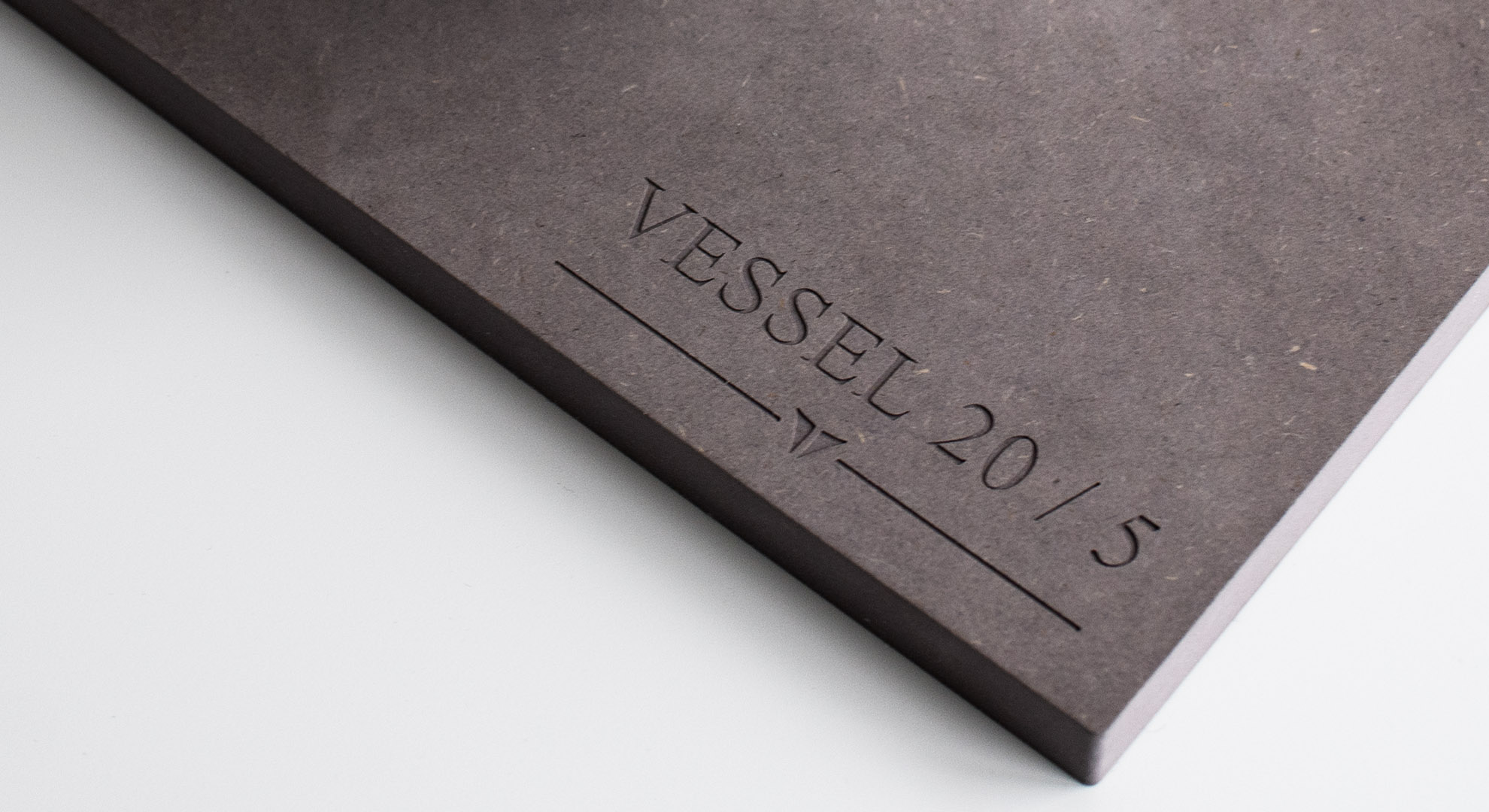
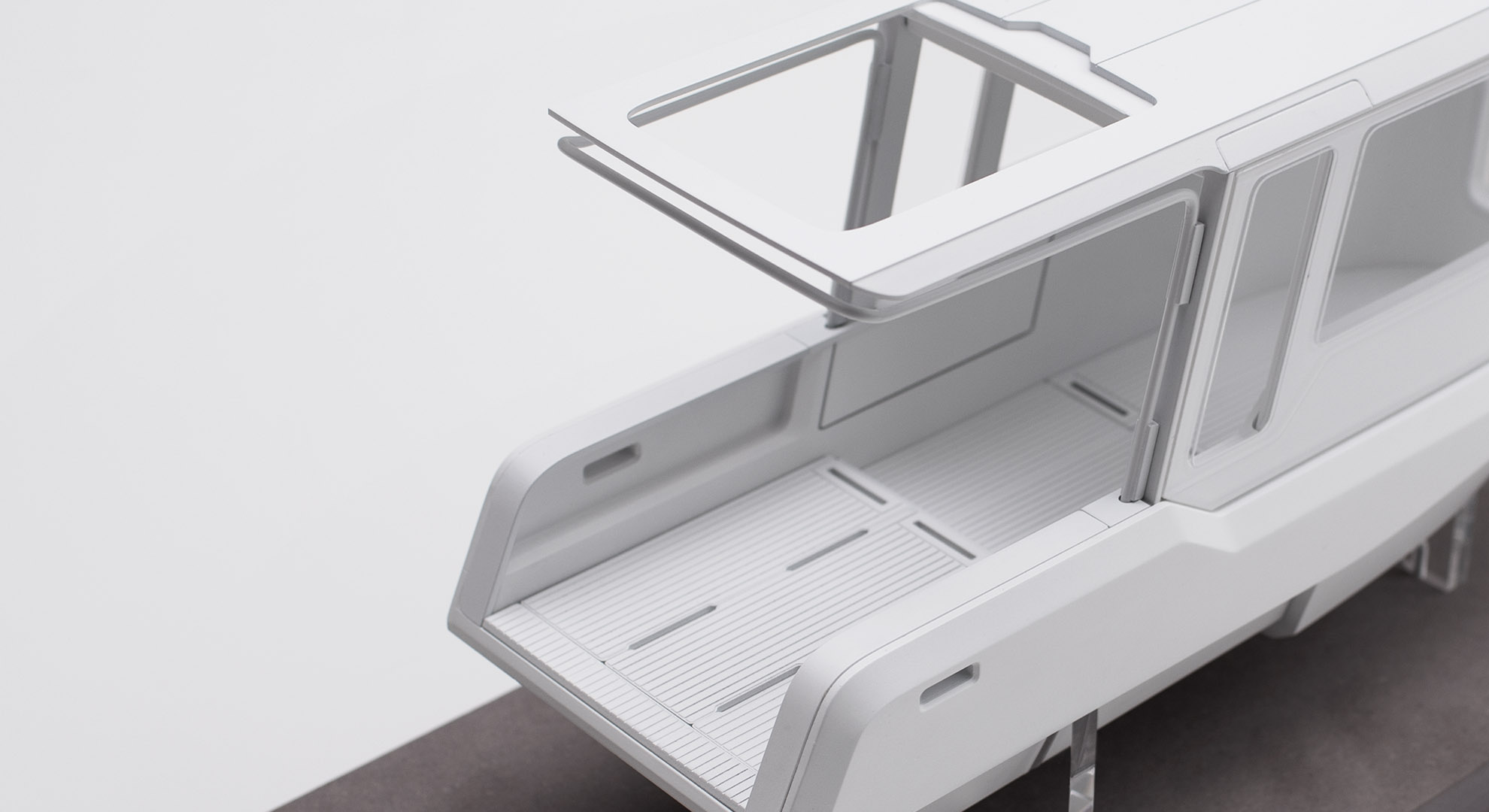

TASK _ DEVELOP A MOBILITY CONCEPT FOR THE GROWING
MARITIME HABITAT OF URBAN COASTAL REGIONS
︎︎︎
WHY ?
UNDERSTANDING COASTAL CITIES AND THEIR GLOBAL SIGNIFICANCE

17 of the 20th largest cities are located directly or indirectly on the sea. By 2035, 90% of all major cities with more than 10 million inhabitants will also be located on the coast. 1.400.000.000 Inhabitants will live directly on the coast and be affected by rising sea levels in 2050. This is approximately 14.3% of the expected global population. 1.000.000.000.000 Dollars will rising sea levels, severe weather, and flooding cost the global economy every year until 2050 if no further action is taken.
So coastal cities are traditionally the fastest-growing, but they are also particularly threatened by climate change. The appearance of these cities is therefore changing dramatically and a new hybrid urban space between land and water is emerging. Architecture is responding to this development in time with adaptable and sustainable concepts. VESSEL wants to transfer exactly this approach to the mobility sector.
So coastal cities are traditionally the fastest-growing, but they are also particularly threatened by climate change. The appearance of these cities is therefore changing dramatically and a new hybrid urban space between land and water is emerging. Architecture is responding to this development in time with adaptable and sustainable concepts. VESSEL wants to transfer exactly this approach to the mobility sector.







HOW ?
INTEGRATING WATERWAYS INTO THE TRANSPORTATION SYSTEM



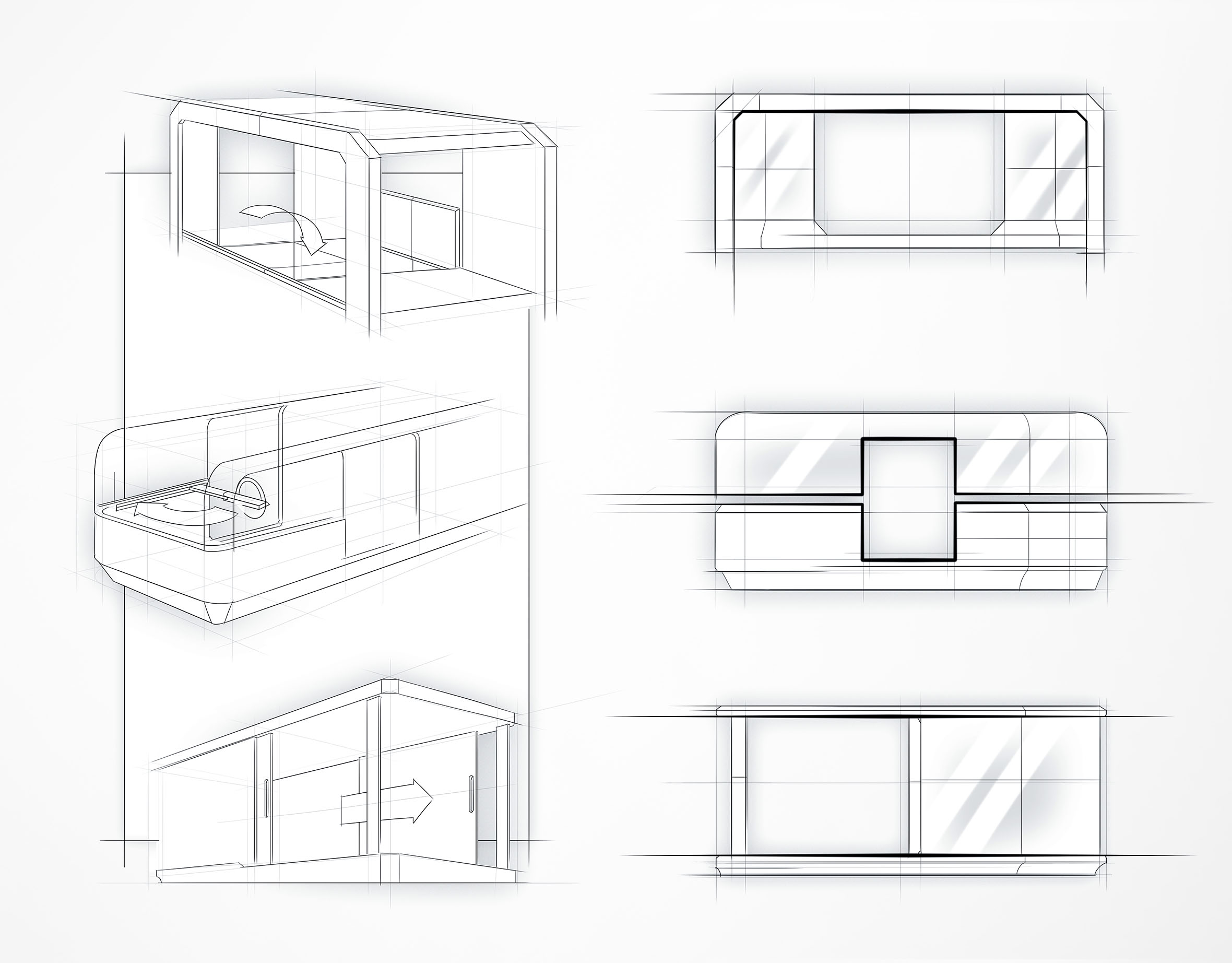






In addition to the use of sustainable manufacturing, propulsion, and material processes, VESSEL is intended to reduce the number of inactive and private vehicles in public spaces and in traffic, particularly through its use as a partially public and shared means of transport. The compact product architecture is adapted to the environment and allows high maneuverability. The open rear ensures a smooth transition to the mainland, whereas the semi-enclosed structure ensures protection, comfort, and privacy.





In the bow and stern, floor segments can be mechanically adjusted in height. This low-complexity function allows VESSEL to adapt to its various applications. In the stern, it is possible to react flexibly to the respective landing situations. In the bow, this allows quick and individual space, seating and transport options to be created. Sensor technology allows VESSEL to be used as a highly assisted vehicle. VESSEL uses an electric motor, which keeps noise and direct environmental impact to a minimum. Integrated solar panels additionally improve the energy balance.

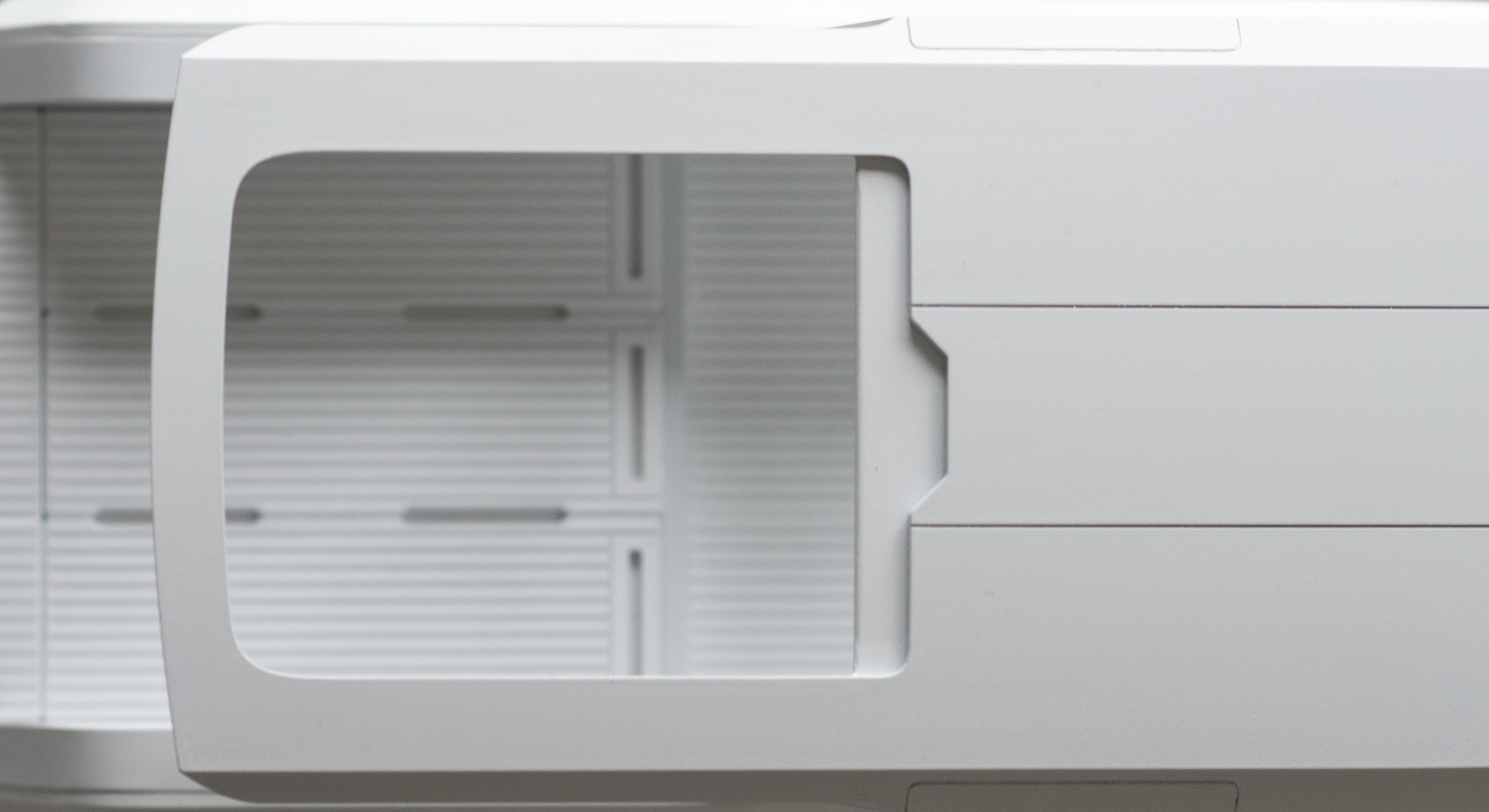

FINAL RESULT







Project Titel _ VESSEL | Bachelor thesis
Supervised by Prof. Wolfgang Schabbach | Coburg University of Applied Sciences
Developed in cooperation with the Phoenix Design GmbH / Stuttgart
Big thanks to Sven Feustel for his role as mentor and to the PHOENIX DESIGN for financial and technical support.
Special thanks to Christoph-Daniel Kleine-Berger, Georgios Chatzigiannidis, Pablo Bernal, David Samuel Weiskopf, Stephan Tiemt, Stefan Andreesen, Peter Schmidt, Silke Wamhoff, Uwe Evertz, Marc Mickalak, Alexander Herth, Marc Szaratta, Phillip Heinrich and Stefan Hasselwander for support and advice.
Supervised by Prof. Wolfgang Schabbach | Coburg University of Applied Sciences
Developed in cooperation with the Phoenix Design GmbH / Stuttgart
Big thanks to Sven Feustel for his role as mentor and to the PHOENIX DESIGN for financial and technical support.
Special thanks to Christoph-Daniel Kleine-Berger, Georgios Chatzigiannidis, Pablo Bernal, David Samuel Weiskopf, Stephan Tiemt, Stefan Andreesen, Peter Schmidt, Silke Wamhoff, Uwe Evertz, Marc Mickalak, Alexander Herth, Marc Szaratta, Phillip Heinrich and Stefan Hasselwander for support and advice.
Project Titel _ VESSEL | Bachelor thesis | Supervised by Prof. Wolfgang Schabbach |
Coburg University of Applied Sciences
| Developed in cooperation with the Phoenix Design GmbH / Stuttgart
Big thanks to Sven Feustel for his role as mentor and to the PHOENIX DESIGN for financial and technical support | Special thanks to C. Daniel Kleine-Berger, Georgios Chatzigiannidis, Pablo Bernal, David Samuel Weiskopf, Stephan Tiemt, Stefan Andreesen, Peter Schmidt, Silke Wamhoff, Uwe Evertz, Marc Mickalak, Alexander Herth, Marc Szaratta, Phillip Heinrich and Stefan Hasselwander for support and advice.
Big thanks to Sven Feustel for his role as mentor and to the PHOENIX DESIGN for financial and technical support | Special thanks to C. Daniel Kleine-Berger, Georgios Chatzigiannidis, Pablo Bernal, David Samuel Weiskopf, Stephan Tiemt, Stefan Andreesen, Peter Schmidt, Silke Wamhoff, Uwe Evertz, Marc Mickalak, Alexander Herth, Marc Szaratta, Phillip Heinrich and Stefan Hasselwander for support and advice.